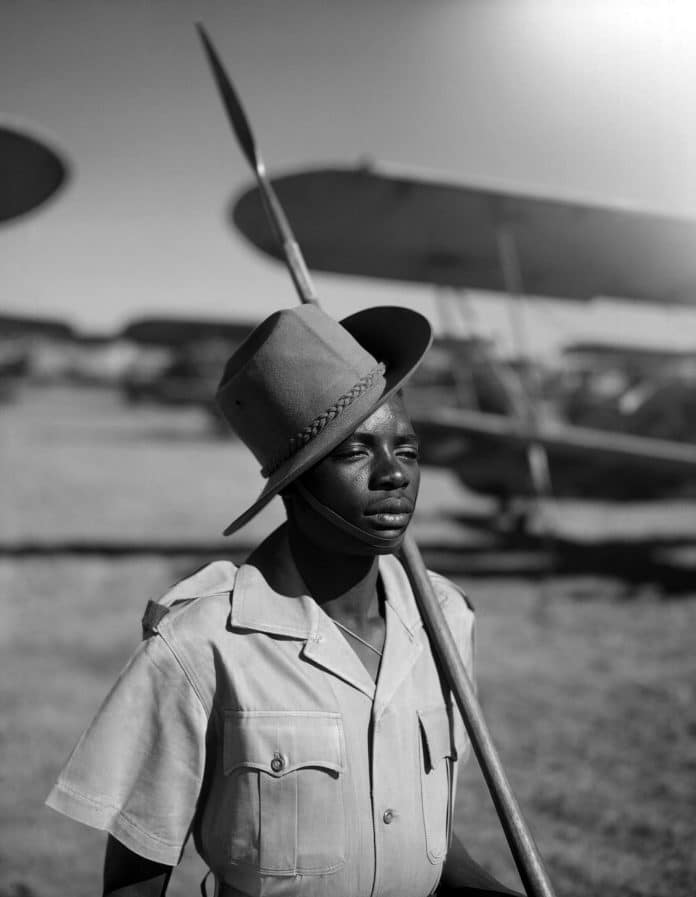Askaris – European Colonial Powers Local Soldiers
An Askari was an indigenous soldier fighting in the colonial superpowers’ armies in Africa, notably in Central, Northeast Africa, and the Great Lakes of Africa. It was derived from Arabic and Swahili. The askari meaning in arabic and the askari meaning in swahili is “military” and “soldier”. This meaning of Askari is used in German, Urdu, Portuguese, Italy, and English. The askari in English is “a native soldier”. The term is used in French to solely refer to local troops serving outside of the colonial empire of the French. The term is still used to refer to gendarmes, police officers, as well as security guards informally nowadays.
Locally recruited troops called askaris were used by the Belgian, German, Portuguese, British, and Italian colonial forces in Africa during the time of European colonial empires. They were instrumental in the implementation of numerous colonial conquests and afterward served as internal security units and garrisons. During the two World Wars, troops operated in their original colonies, in different parts of the Middle East, Asia, and Africa. In South Africa, liberation groups former members who had deserted to the government‘s security services of the apartheid.
Who is Askari – Etymology
The word Askari was borrowed from Persian (‘askar’), which means “soldier.” Askar is derived from lashkar, which means “army” in Middle Persian. The term “lashkar” is also the basis of the term “Lascar,” which refers to a soldier from South Asian. Azeri, urdu, Turkish, Swahili, Somali, Malay, and Indonesian all have terms for “soldier” originating from these roots.
Colonies of Belgium
The askaris in Belgian Congo were categorized into Force Publique. Non-commissioned officers and White Belgian officials headed this joint police and military force.
Colonies of Britain
The Imperial British East Africa Company created askari battalions from the Swahili, Somali and Sudanese peoples. The Askaris had no formal uniform, and weapons were not standardized. Many askaris served in their traditional garb. Officers wore civilian clothing most of the time.
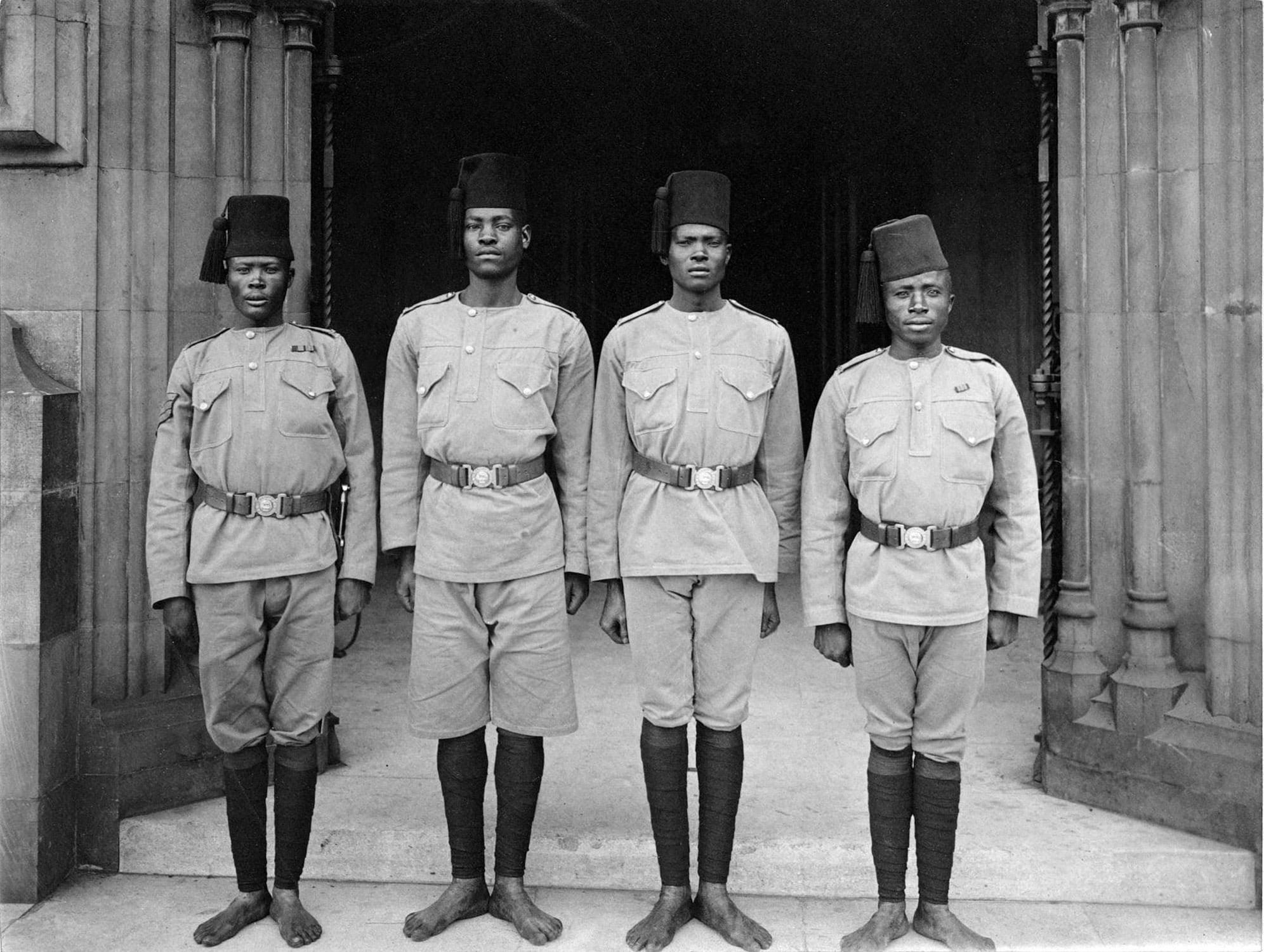
From 1895, askaris were categorized into trained, regular, and uniformed units known as the East African Rifles that subsequently became integrated into the King’s African Rifles. Until colonial administration ended in Kenya, Uganda, and Tanganyika in 1961– 1963, the term “askari” was used to refer to troops recruited locally to the King’s African Rifles, police forces, and minor military units in the British colonies. Soldiers in former British colonies were still referred to as ‘Askari’ even after the countries gained independence.
Colonies of Germany
In its colonies, the German Empire’s Colonial Army (known as Schutztruppe) used native men alongside European soldiers and NCOs. The Wissmanntruppe (created in 1889 so as to crush the Abushiri Uprising) was transferred to the German imperial rule in 1881, and the major concentration of such locally recruited troops was in East Africa (present Tanzania).
DOAG (Deutsche Ost-Afrika Gesellschaft—German East Africa Company) raised the first askaris in 1888. The askaris had initially been recruited from mercenaries from Sudan but were later drawn from the Angoni and Hehe indigenous clans. They were severely disciplined, but handsomely compensated and well-trained by cadres who had gone through a rigorous vetting procedure. Before 1914, the Feldkompanie, which consisted of seven to eight German commanders and NCOs having between 150 to 200 askaris (typically 160) and 2 machine gun groups, was the standard Schutztruppe unit in Southeast Africa.
Tribal irregulars known as Ruga-Ruga were frequently used to bolster such tiny autonomous units.
They were deployed effectively in East Africa, when 11,000 porters, askaris, and European commanders led by Paul Emil von Lettow-Vorbeck successfully fought a guerilla war against the British, Belgian, and Portuguese colonial troops until WW I ended in 1918.
German askaris received pension benefits from Nazi Germany before the war and the Weimar Republic. West Germany’s parliament agreed in 1964 so as to finance the pensions of askaris who were still living, as a result of interruptions during WW II and the global slump. The embassy of West Germany in Dar es Salaam pinpointed 350 former askaris and established a temporary cashier’s office in Mwanza, Tanzania, near Lake Victoria.
A small number applicants were able to present their 1918 certificates; others submitted the remaining bits of their uniforms as evidence of service. However, the banker providing the money had an idea: every claimant would be given a broom after which they were told to recite the manual of arms in German. None of the applicants failed to pass the test.
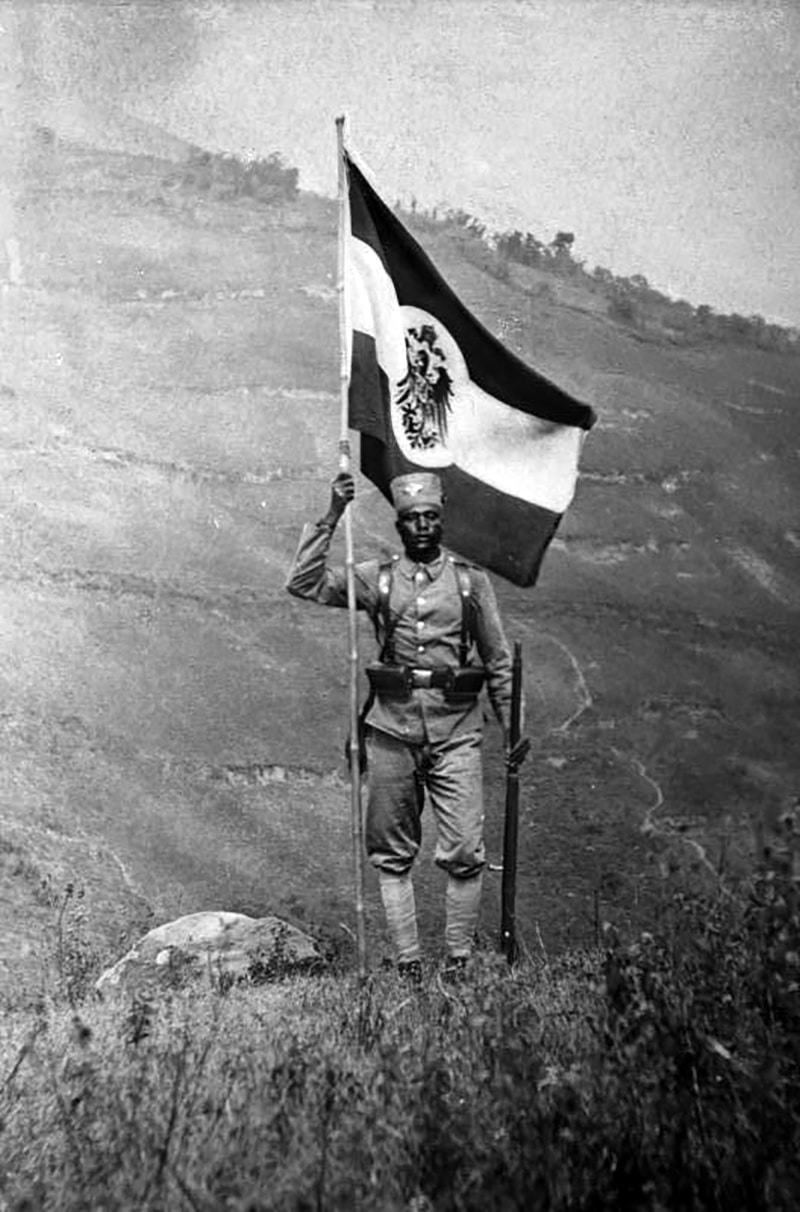
Nazi Germany
During WW II, the name “askaris” was adopted by the Germans to describe Red Army, especially deserters, POWs, and Russians who established battalions fighting the Red Army as well as other Eastern front combat.
The Schuma battalion, The Nightingale Battalion, and the SS’s fourteenth Waffen Grenadier Division volunteer units from Western Ukraine were all known as Askari. During WWII, these units were deployed in a variety of activities. The majority of them being either peasants who were anti-communists or deserters of the Red Army recruited from the German-occupied Western Ukrainian rural regions.
Colonies of Italy
In Italian East Africa, Italian army drafted Eritrean and later Somali soldiers to fight alongside Italian officials and NCOs. The Italian forces consisted of light artillery, cavalry, Infantry, and camel-mounted units. Later, Somalis were drafted to serve on Royal Italian Navy ships in Indian Ocean. These askaris (ascari) took part in the Turkish-Italian war, the Battle of Coatit, Mahdist War, the First and Second Italo–Ethiopian Wars, and the East African battle of WW II.
History
Many Askaris positioned in Eritrea had been recruited from the local Nilotic people, like Hamid Awate Idris, who was said to be of Nara descent. The first units in Eritrea, made up of Christian and Muslim volunteers, were created in 1888 to replace older Bashi-bazouk forces composed of irregulars. By 1891, the four existing Indigeni battalions had been absorbed into Royal Corps of Colonial Troops. The Eritrean ascaris, which had been expanded to 8 battalions, fought valiantly in Adwa, Coatit, Kassala, Serobeti, and Agordat, and later served in Ethiopia and Libya.
Around 182,000 of the 256,000 Italian soldiers fighting in 1940 in East Africa were drafted from Somalia, Eritrea, and the freshly invaded (1935- 1936) Ethiopia. The majority of the Ascaris recruited locally fled when Allied forces entered Ethiopia in 1941 January. The bulk of Eritrean Ascaris stayed faithful until 4 months later when the Italians surrendered.
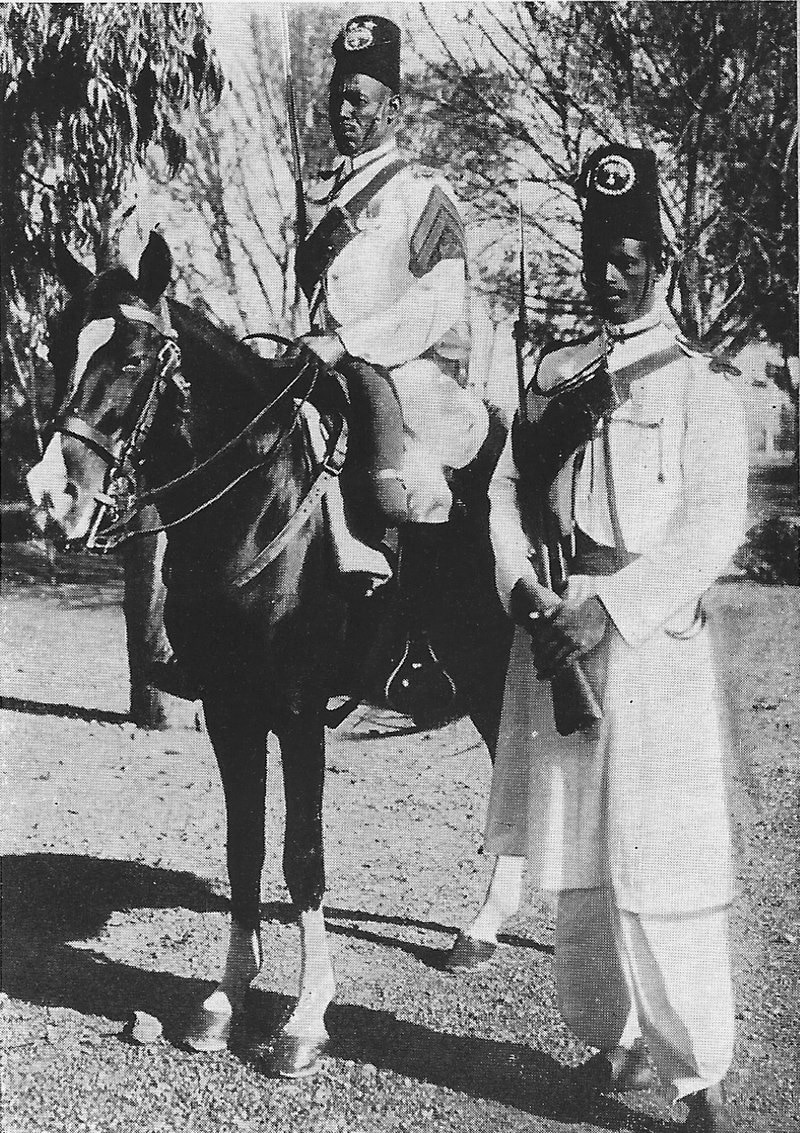
Organization
The Ascaris in Eritrea were initially made up of solely infantry battalions, but later cavalry squadrons of Eritrea (Penne di Falco), as well as mountain artillery rafts, were established. By 1922, camel cavalry battalions were known as “meharisti” had already been added. After 1932, Eritrean camel battalions were also assigned in Libya. Benito Mussolini introduced armored vehicle battalions in the 1930s.
Askari Uniforms
While serving in Italy, Eritrean troops wore red fezzes matched with colorful tufts as well as waist belts that differed by the battalion. The 17th Eritrean unit, for example, wore white and black tufts coupled with vertically striped sashes, whilst the 64th unit had these items in purple and scarlet.
For parades, white uniforms were adorned, whereas khaki was worn for other tasks. The Somali Ascaris had identical Askari clothing. But their askari fight wear had knee-high shorts.
Ranks
From ordinary soldier up to the senior non-commissioned officer, the Somali and Eritrean Askari held the following ranks: corporal (Muntaz) – lance-sergeant (Bulukbasci) – sergeant (Sciumbasci). The staff-sergeants (Sciumbasci-capos) were senior non-commissioned officers who were recruited in part based on their fighting performance.
The Eritrean Ascari’s commissioned officers were all Italian.
Colonies of Spain
As previously stated, “askari” was traditionally a term utilized in Sub-Saharan Africa. However, the Spanish colonial authority used the name “askari” in North-West Africa, in reference to a locally drafted gendarmerie unit established in 1913 in Spanish Morocco, rather than their regular troops in Morocco. The “Mehal-la Jalifianas” was their name. This term was the Spanish version of the more well-known Goumiers used in French Monaco.
Other levels of the Native Police (known as Policia Indigena) formed in Melilla in 1909 were also classified as “askaris,” together with indigenous personnel of the desert police or Tropas Nómadas operating in Spanish Sahara.
Colonies of Portugal
Local askaris were recruited in West Africa as well as several other colonies of Portugal. These were employed to preserve the peace of the colonies that were the size of countries. All indigenous armies were absorbed into a colonial army of Portugal during the twentieth century. Until 1960, the military was divided into three divisions based on race: European whites were commissioned soldiers, the black African “civizados” were overseas troops, and native African soldiers who resided in the colonies. In 1960, these divisions were renamed first, second and third class, which essentially matched the same categorization.
South Africa During the Apartheid Era
Former liberation movement members who worked in the SB (Security Branch), supplying intelligence, identifying and locating former comrades, were referred to as Askari during Apartheid, particularly in the 1980s. A number of them were also deployed on the battlefield. If previous members of the liberation groups defected voluntarily or were imprisoned or captured, they became askaris. Attempts were undertaken in certain cases to ‘convert’ captured Azanian People‘s Liberation Army (APLA) or uMkhonto we Sizwe (MK) agents by
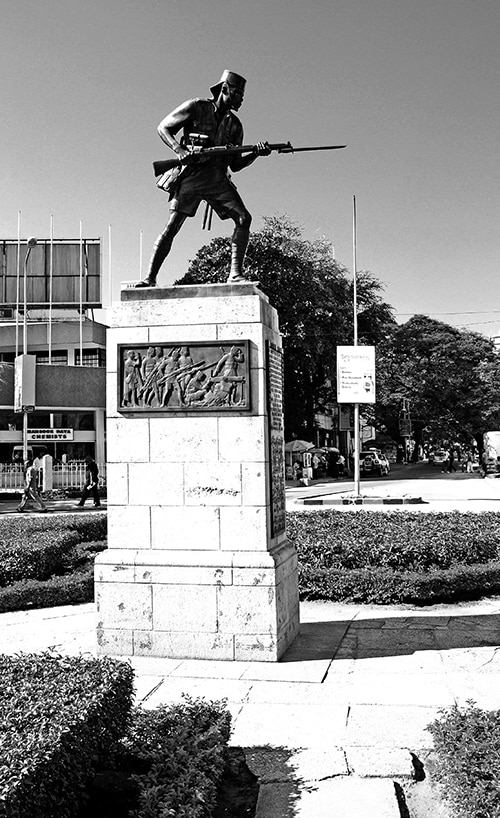
interrogating them using both conventional and unconventional tactics, including torture. Some askaris were former MK officers kidnapped from neighboring states by the SB. Several abductees went missing and are thought to have been executed. Death threats were not ineffective in ‘turning’ askaris. Amnesty petitions revealed that many agents were executed for defiantly refusing to cooperate during the Truth and Reconciliation Commission proceedings.
Askaris were mostly utilized to infiltrate groups in addition to tracking down old colleagues that they trained within other nations. Mr. Mosaine Chris Mosiane gave this testimony at the 1999 July Pretoria hearing: “In the beginning, askaris were deployed like police dogs tasked with hunting out militants, and their handlers were white Security Branch (SB) officers. The askaris were monitored using black SB.” Initially, Askaris were regarded as informants and were compensated from a clandestine fund. They were afterward absorbed into the South African Police Service at the rank of a constable and received an SAP wage. They were also paid an extra sum while stationed in the areas, which was frequently obtained by filing fraudulent claims to a clandestine fund. They were generally given incentives after successful missions. The askaris set up an operating base in Vlakplaas and lived in the towns in order to keep their disguise as undercover MK agents. Although some askaris managed to flee, the majority were too terrified to try it. Colonel Eugene de Kock stated during his amnesty hearing that he built up a network of spies among the askaris and utilized electronic surveillance. Moreover, he also built a disciplinary framework to handle internal concerns and other transgressions by askaris as well as white officials. Askaris who overstepped their authority while on criminal or operational affairs, on the other hand, were seldom penalized. Askaris were generally quite effective. They were helpful in identifying prospective suspects, infiltrating networks, interrogating suspects, and delivering testimony for the state during trials because of their intricate knowledge of MK systems.
Post-Iraq War of 2003
Ugandan private security personnel who are vastly deployed were also known as Askari. Guards were supposed to be given a 1,000 USD monthly wage plus an 80,000 USD bonus if they were shot, however, many have claimed that it was not disbursed or that they were charged excessive costs. The guards are employed by Beowulf International, an Iraqi receiving firm. Four hundred of the employees “enthralled the US Military with their expertise and experience,” according to a Beowulf spokesperson, while some lacked security or security experience and “had no idea how to carry a rifle.” Connect Financial Services and Dresak International are among the over eleven additional Ugandan recruiters.
For more articles about Tanganyika click here!

























